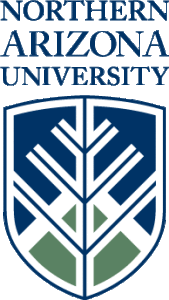Northern Arizona University
Position:
Senior Research Development and Commercialization Associate
Job Description:
The Senior Research Development and Commercialization Associate is charged with sourcing, building and maintaining strong, productive relationships with faculty, staff and student researchers and innovators-as well as with existing/prospective licensees, industry partners, entrepreneurs, and the local, regional and national innovation management community-for the purpose of catalyzing research and technology development and pushing university innovations from the lab to the marketplace. The Senior Research Development and Commercialization Associate participates in decision-making associated with institutional-level research investments and also manages an assigned portfolio of technologies from initial invention disclosure through the commercial life of the technologies. Reports to the Chief of Staff, Office of the Vice President for Research and Director of NAU Innovations (one individual).

